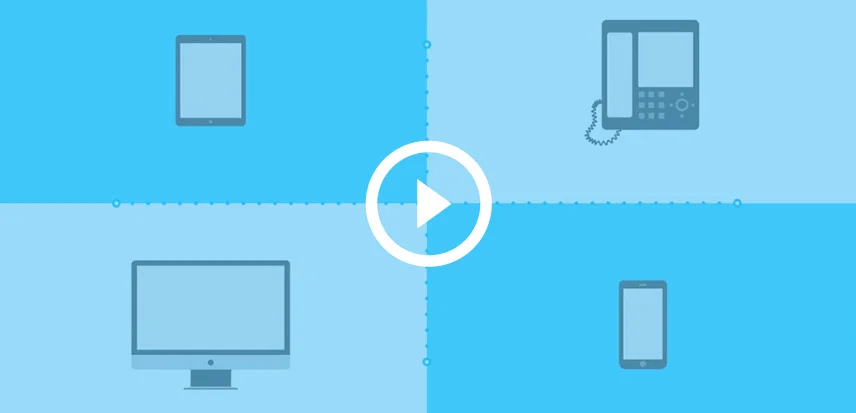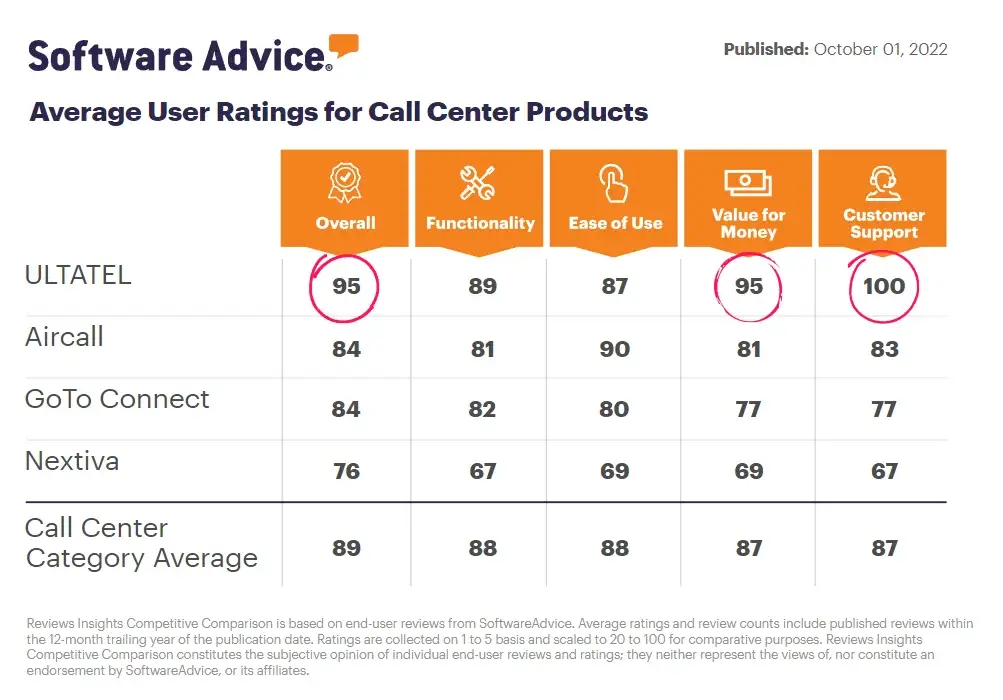What is a Virtual Phone Number?
A virtual phone number is a unique telephone number that can be used to route calls to multiple different destinations. This allows call centers to have a presence in multiple locations while enjoying the benefits of having just one phone number.
Virtual numbers are typically less expensive than traditional landline or cell phone numbers, making them ideal for businesses looking to streamline their communications and cut costs.
How Does a Virtual Phone Number Work?
A virtual phone number typically forwards incoming calls to an existing phone line, such as a landline or cell phone. The number can be set up to ring multiple destination numbers simultaneously or in a particular order, depending on the needs of the business.
Incoming calls to a virtual number can also be forwarded to voicemail if no one is available to answer them, allowing call centers to stay connected even when they are not able to answer the phone.
What Are the Benefits of Using a Virtual Phone Number?
One of the biggest benefits of having a virtual phone number is the increased flexibility and cost savings your business will experience. Aside from that – virtual phone numbers are also easier to manage.
Another big benefit is the ability to monitor and track analytics. You can keep track of your call volume and see where most calls are coming from. This information can then improve your marketing efforts, help you better allocate budgets, and increase sales.
What Are the Drawbacks of a Virtual Phone Number?
The main drawback of using a virtual phone number is that it can be difficult to port your number if you decide to switch providers. This is because virtual numbers are typically tied to a specific provider.
Additionally, virtual numbers do not offer the same features and functionality as traditional phone numbers. For example, caller ID may not work with a virtual number, and you may not be able to set up voicemail.









